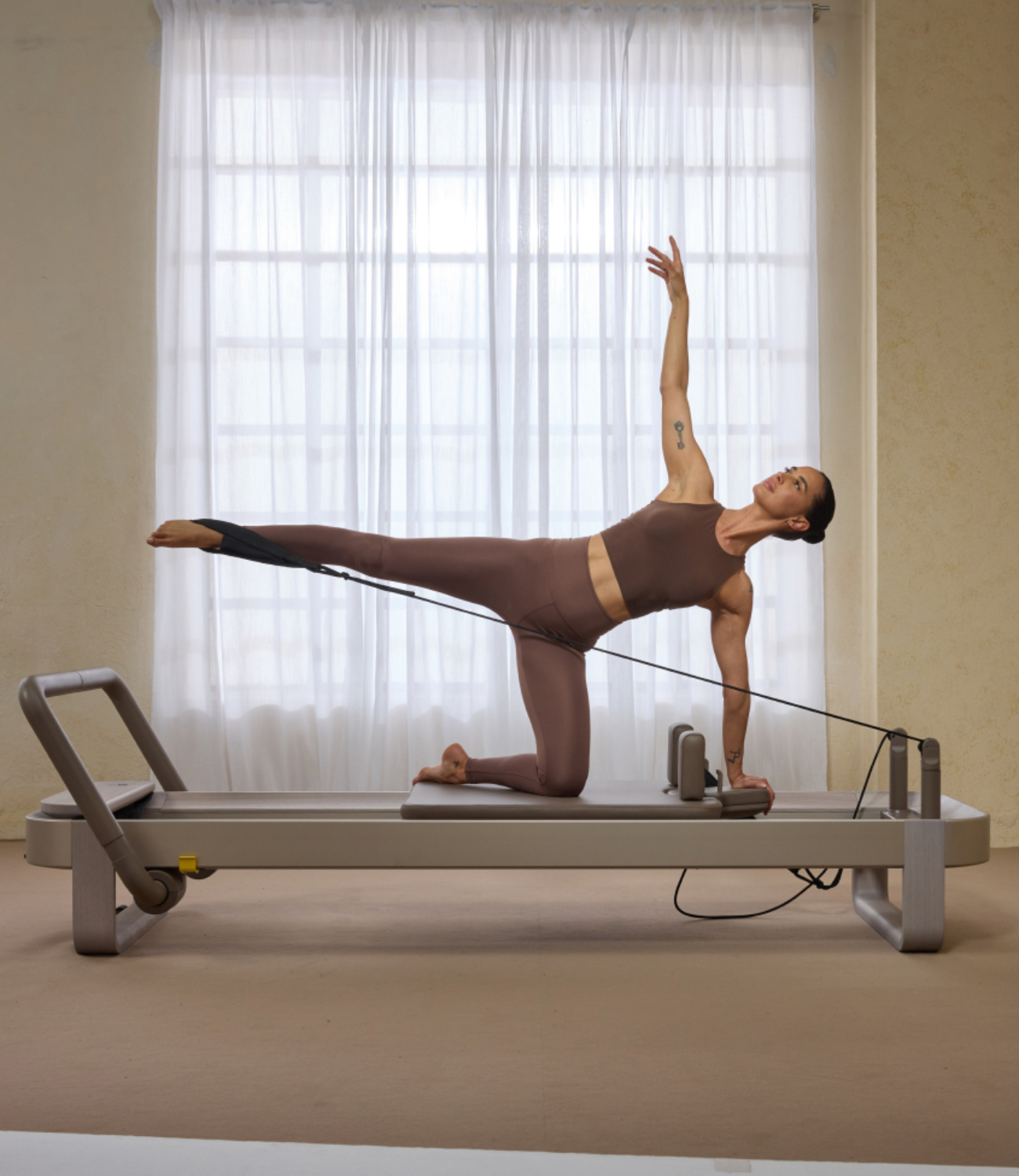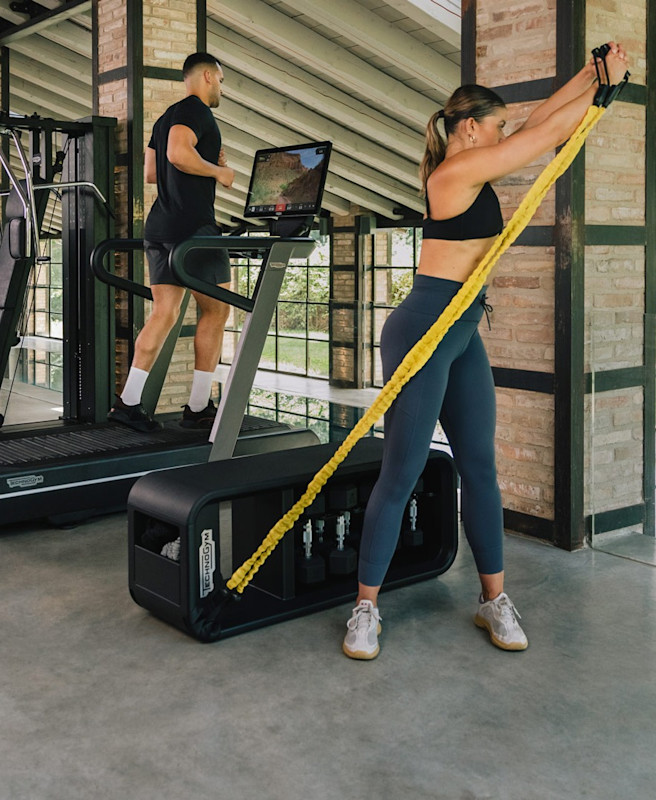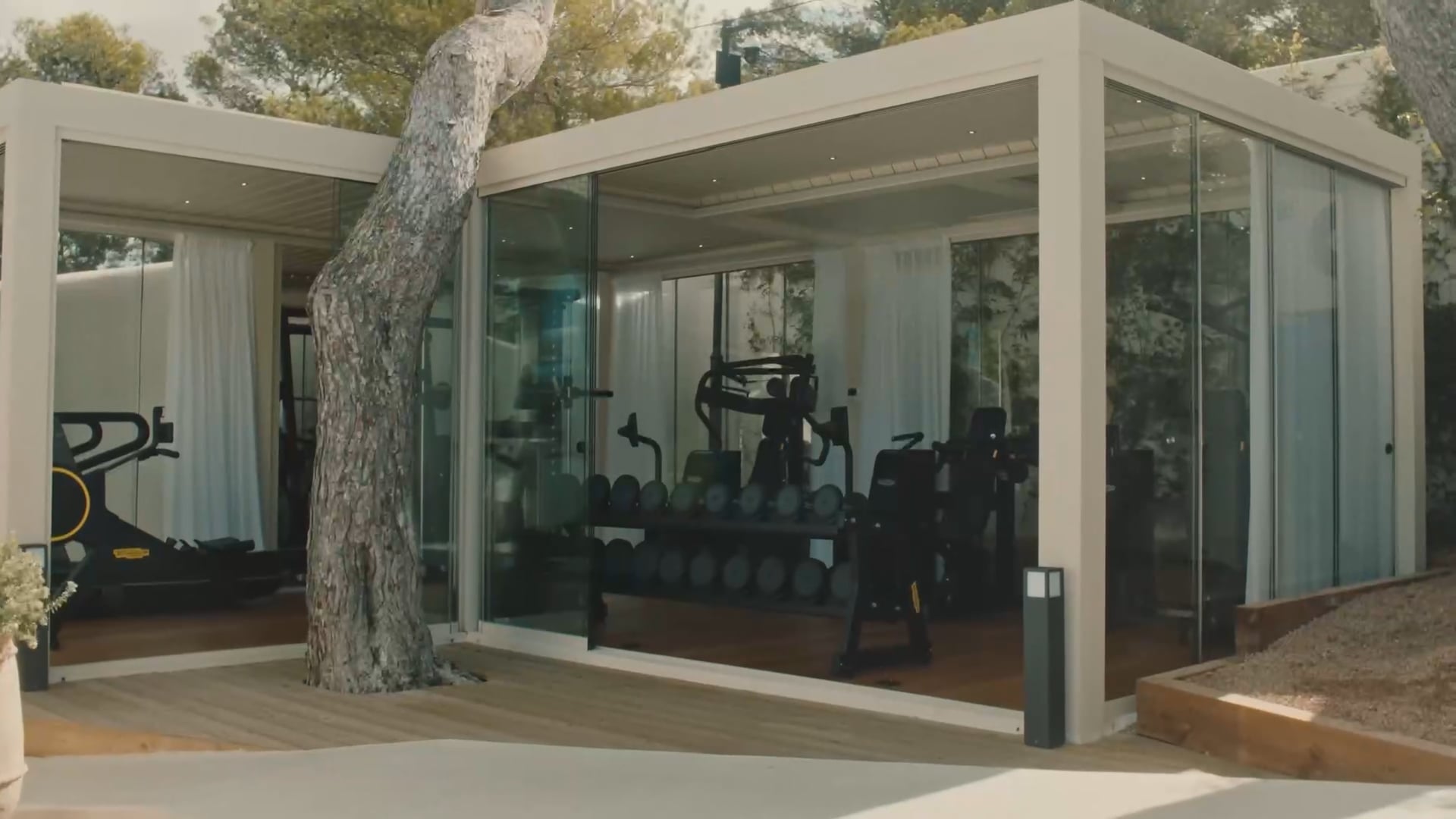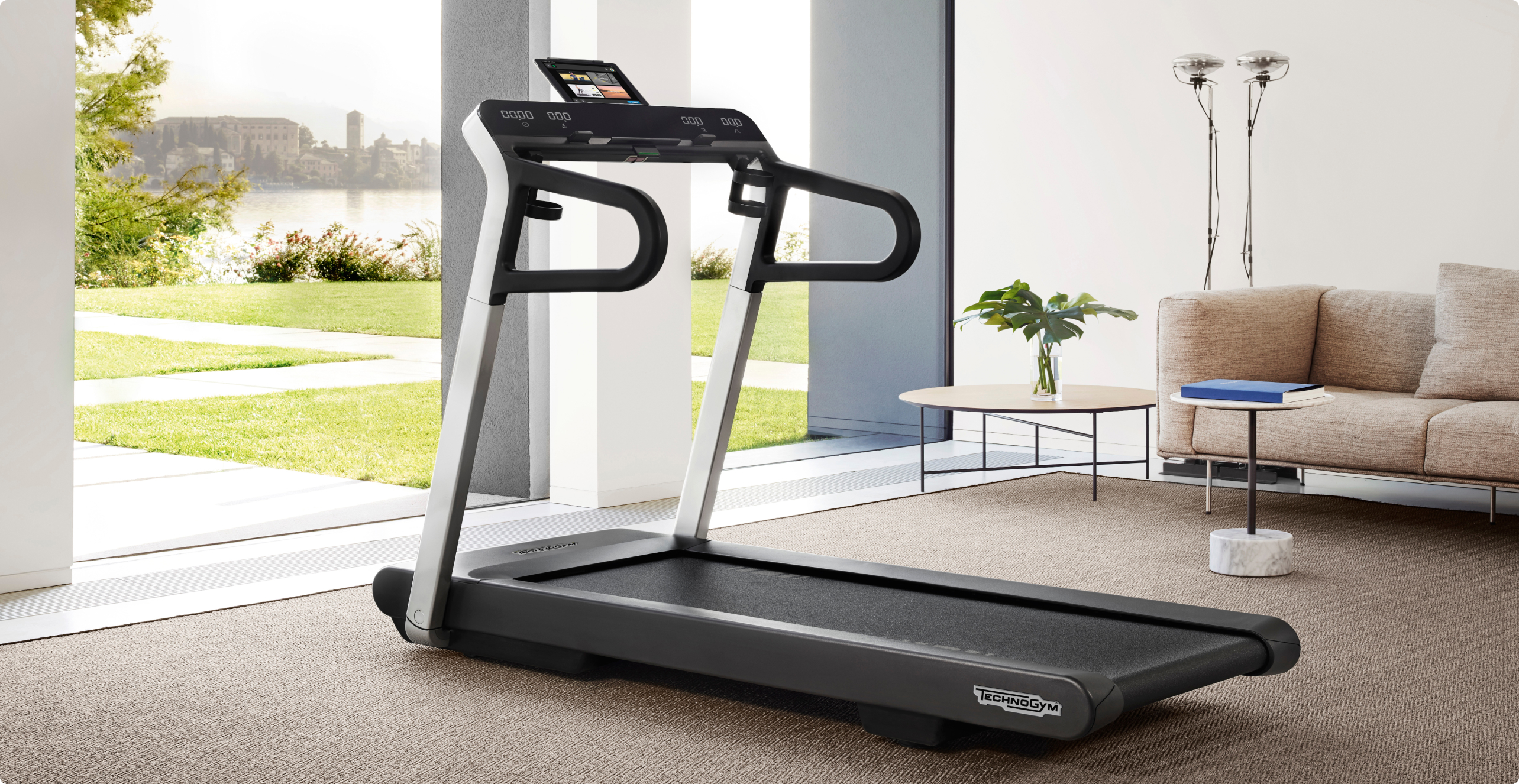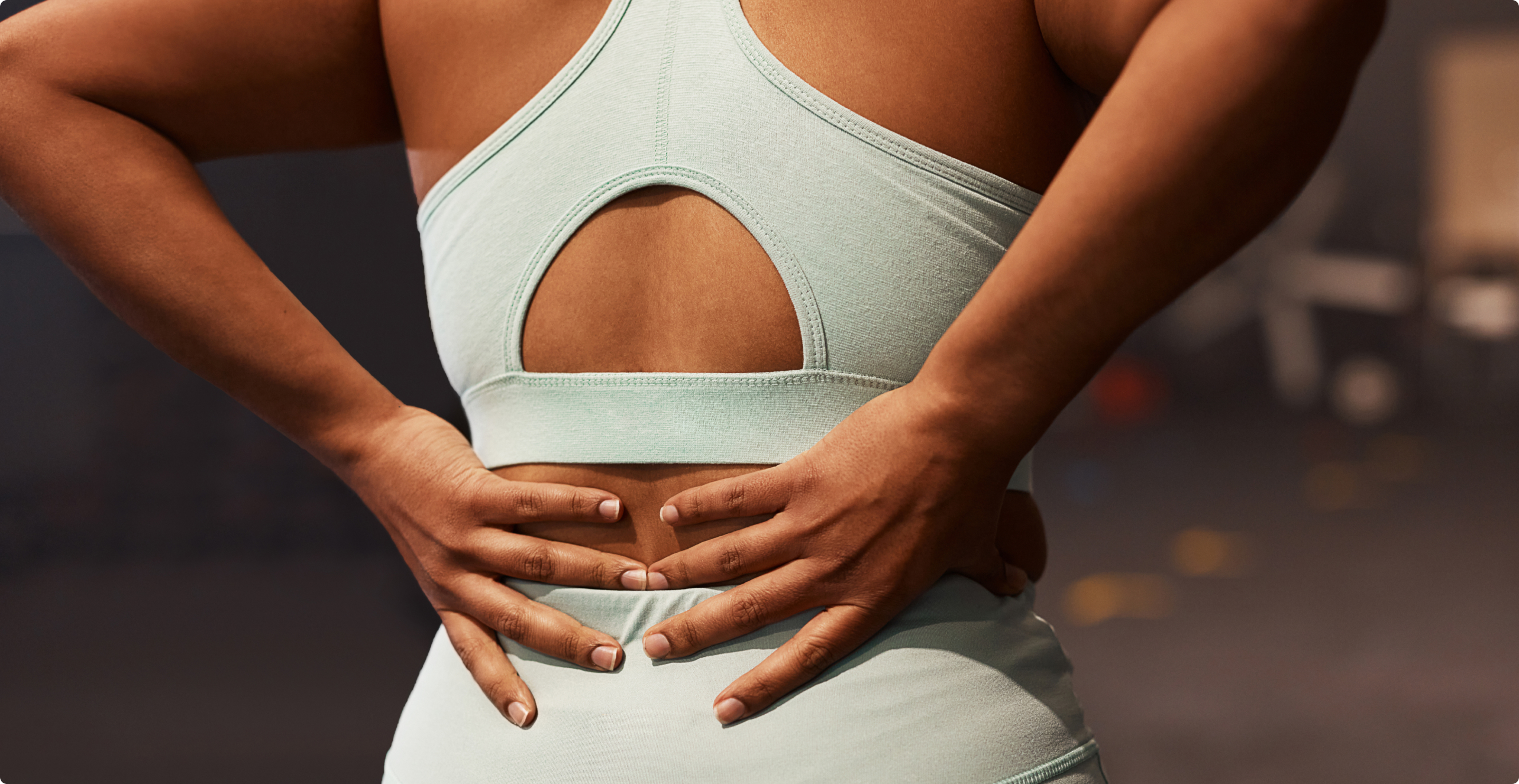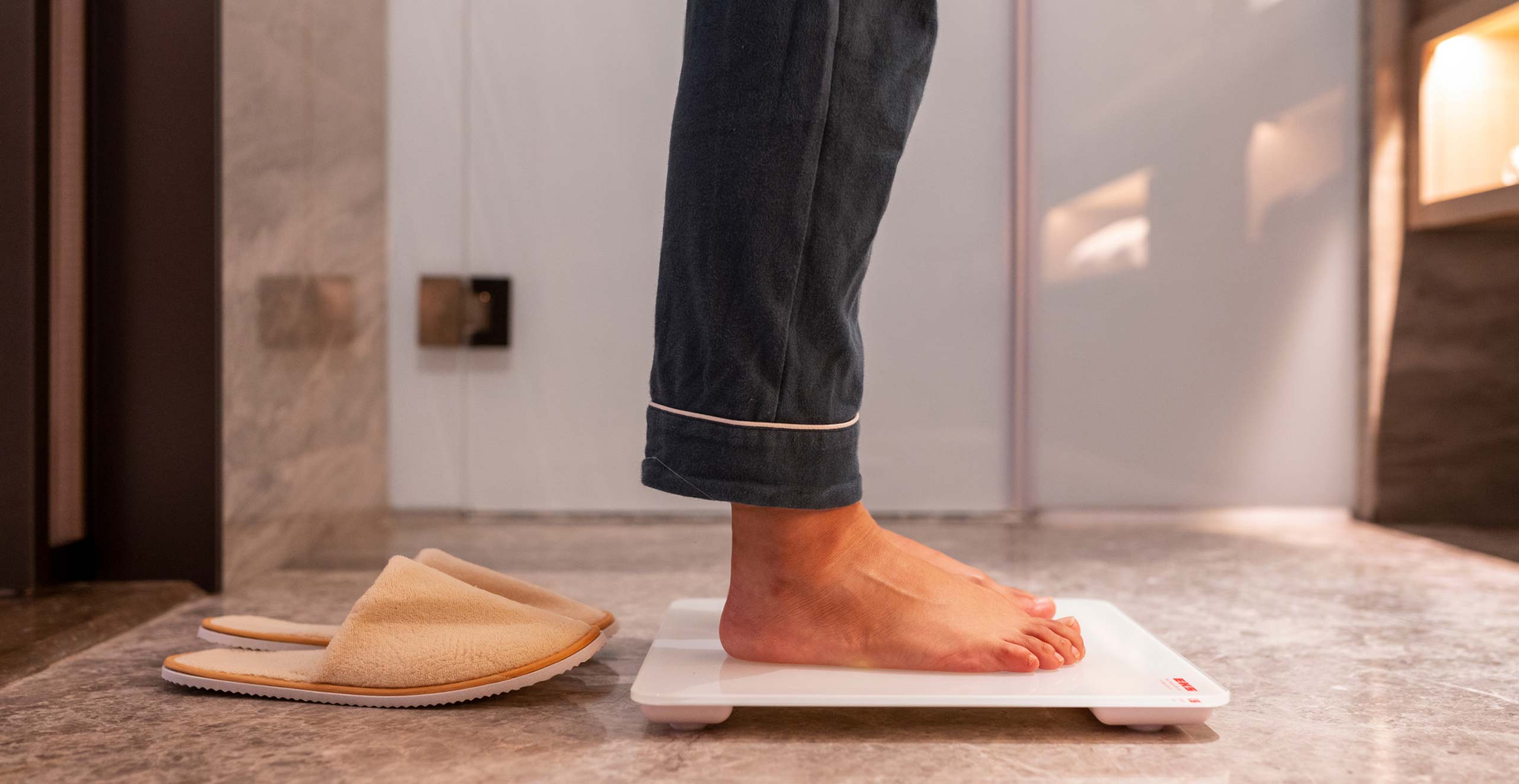25 сентября 2025 г.
Fitness
Mind
Пилатес и йога: что Вам больше подходит?
Пилатес или йога? Откройте для себя фундаментальные различия с точки зрения методов, преимуществ, оборудования и целей и узнайте, как сочетать эти два метода для достижения силы, гибкости и душевного благополучия.
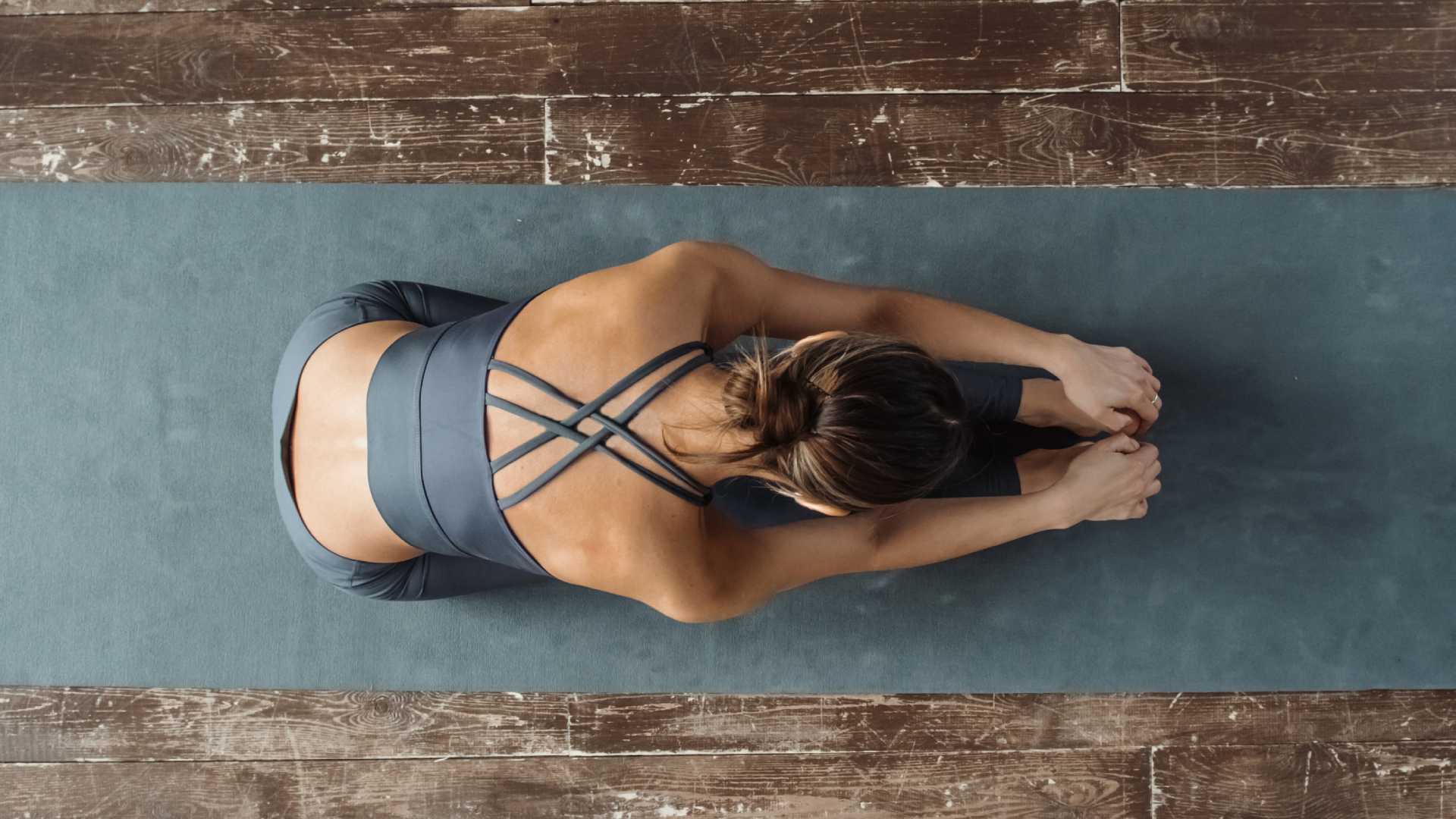
Основные различия между йогой и пилатесом
Хотя обе дисциплины улучшают гибкость, силу и умственные способности, их фундаментальные подходы существенно различаются.
Йога, имеющая тысячелетние корни, делает акцент на связи "ум-тело-дух" с помощью поз(асан), дыхательных техник(пранаямы) и медитации. Ее целостная философия выходит за рамки физической практики и распространяется на образ жизни и духовное развитие.
Пилатес, разработанный в начале 20-го века Джозефом Пилатесом, использует более систематический подход к физическим тренировкам с точными, контролируемыми движениями, которые сосредоточены на силе ядра и правильном выравнивании.
Преимущества пилатеса перед йогой отражают эти разные основы. Пилатес предлагает целенаправленное развитие мышц с акцентом на "силовой дом" (ядро), в то время как йога предлагает более широкий подход к общей гибкости и ясности ума. Необходимое оборудование также отличается: в то время как йога требует минимального оборудования, кроме коврика, пилатес может включать специализированное оборудование, такое как реформер и кадиллак, в студии, хотя есть и варианты на коврике для домашних занятий. Эти фундаментальные различия создают разный опыт и результаты, несмотря на общий фокус на осознанном движении.
Йога, имеющая тысячелетние корни, делает акцент на связи "ум-тело-дух" с помощью поз(асан), дыхательных техник(пранаямы) и медитации. Ее целостная философия выходит за рамки физической практики и распространяется на образ жизни и духовное развитие.
Пилатес, разработанный в начале 20-го века Джозефом Пилатесом, использует более систематический подход к физическим тренировкам с точными, контролируемыми движениями, которые сосредоточены на силе ядра и правильном выравнивании.
Преимущества пилатеса перед йогой отражают эти разные основы. Пилатес предлагает целенаправленное развитие мышц с акцентом на "силовой дом" (ядро), в то время как йога предлагает более широкий подход к общей гибкости и ясности ума. Необходимое оборудование также отличается: в то время как йога требует минимального оборудования, кроме коврика, пилатес может включать специализированное оборудование, такое как реформер и кадиллак, в студии, хотя есть и варианты на коврике для домашних занятий. Эти фундаментальные различия создают разный опыт и результаты, несмотря на общий фокус на осознанном движении.
На что обращает внимание пилатес
Пилатес фокусируется на увеличении силы ядра с помощью точных, контролируемых движений, выполняемых с вниманием к дыханию и выравниванию. Метод делает акцент на качестве, а не на количестве: каждое упражнение выполняется с намерением, а не с повторением. Этот систематический подход нацелен на глубокие стабилизирующие мышцы живота, спины и таза, известные как "центр движения", чтобы создать прочный фундамент для всех движений. Приоритетом этой практики является правильная осанка, а упражнения направлены на устранение дисбаланса и улучшение выравнивания позвоночника.
В отличие от плавных последовательностей йоги, пилатес включает в себя более изолированные движения, которые укрепляют определенные группы мышц за счет сопротивления. Эта дисциплина предполагает использование специализированного оборудования в студии, хотя принципы остаются неизменными и при занятиях на коврике. Тело тех, кто занимается пилатесом, обычно развивает гибкие, стройные мышцы, а не объемные, с акцентом на формирование ядра и улучшение осанки. Такая направленность делает пилатес особенно полезным для реабилитации, улучшения спортивных результатов и исправления проблем с осанкой, которые способствуют хроническим болям и ограничениям в движении.
В отличие от плавных последовательностей йоги, пилатес включает в себя более изолированные движения, которые укрепляют определенные группы мышц за счет сопротивления. Эта дисциплина предполагает использование специализированного оборудования в студии, хотя принципы остаются неизменными и при занятиях на коврике. Тело тех, кто занимается пилатесом, обычно развивает гибкие, стройные мышцы, а не объемные, с акцентом на формирование ядра и улучшение осанки. Такая направленность делает пилатес особенно полезным для реабилитации, улучшения спортивных результатов и исправления проблем с осанкой, которые способствуют хроническим болям и ограничениям в движении.
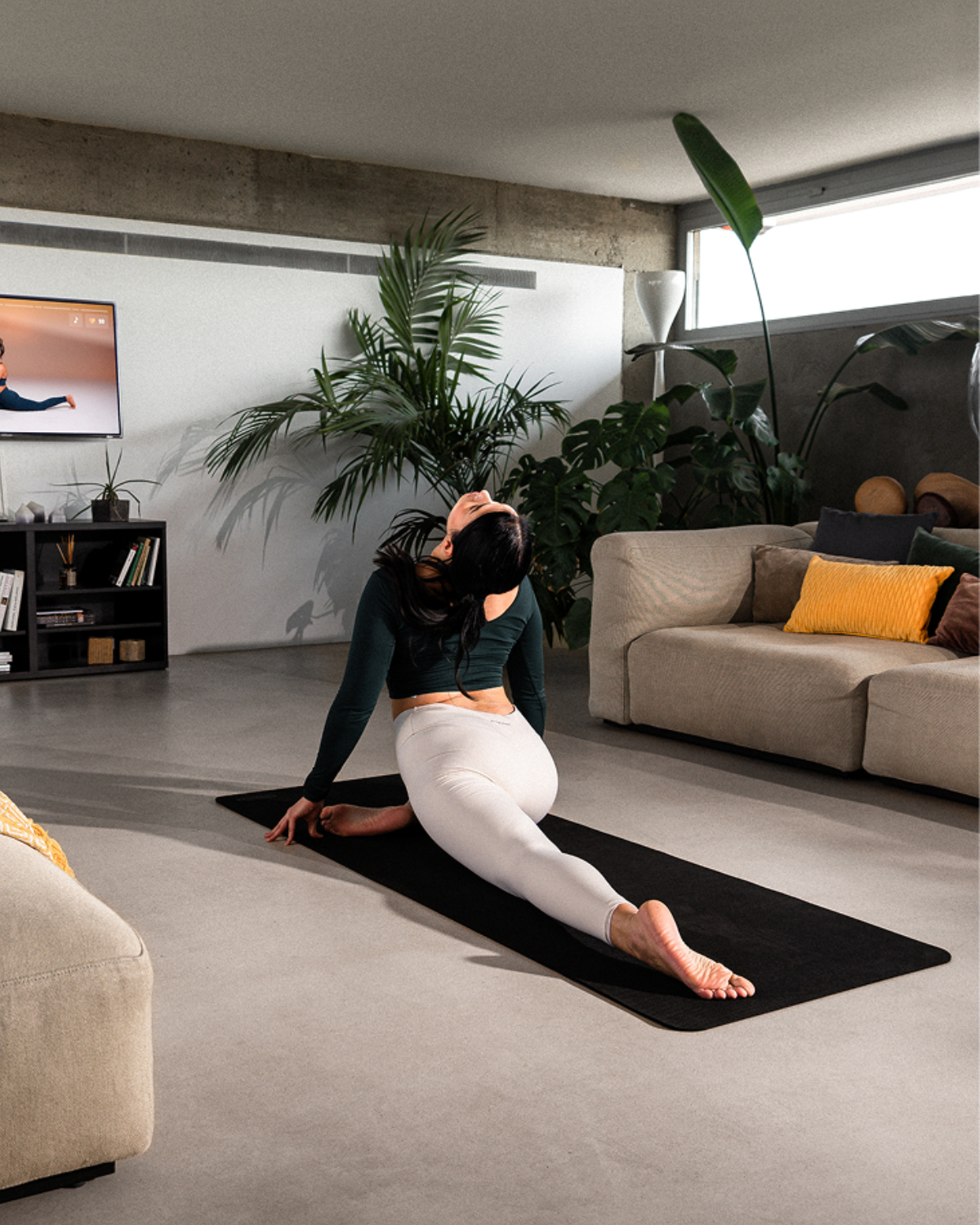
Йоговский подход к уму и дыханию
Отличительный подход йоги фокусируется на глубокой связи между дыханием (пранаямой), движением и сознанием. В отличие от пилатеса, который предлагает дыхательные паттерны, более механические и функциональные для движения, йога использует различные дыхательные техники как настоящие преобразующие практики. Они варьируются от заряжающих энергией техник, таких как Капалабхати (дыхание, заставляющее череп светиться), до успокаивающих практик, таких как Нади Шодхана (дыхание чередованием ноздрей), каждая из которых предназначена для воздействия на различные аспекты физического и психического благополучия. Этот подход, ориентированный на дыхание, лежит в основе медитативного аспекта йоги.
Эта практика культивирует осознание настоящего момента через синхронизацию дыхания с движением, создавая медитацию в движении, которая успокаивает нервную систему и улучшает ясность ума. Эта реакция расслабления активизирует парасимпатическую нервную систему, снижая уровень гормонов стресса и способствуя восстановлению. Хотя пилатес также включает в себя дыхание, подход йоги более разнообразен и занимает центральное место в ее философии. Акцент на осознании дыхания выходит за рамки физической практики, предлагая практикующим инструменты для управления стрессом, беспокойством и эмоциональной регуляцией в повседневной жизни - преимущества, которые дополняют, но отличаются от более физически ориентированных результатов пилатеса.
Эта практика культивирует осознание настоящего момента через синхронизацию дыхания с движением, создавая медитацию в движении, которая успокаивает нервную систему и улучшает ясность ума. Эта реакция расслабления активизирует парасимпатическую нервную систему, снижая уровень гормонов стресса и способствуя восстановлению. Хотя пилатес также включает в себя дыхание, подход йоги более разнообразен и занимает центральное место в ее философии. Акцент на осознании дыхания выходит за рамки физической практики, предлагая практикующим инструменты для управления стрессом, беспокойством и эмоциональной регуляцией в повседневной жизни - преимущества, которые дополняют, но отличаются от более физически ориентированных результатов пилатеса.
Кто получает наибольшую выгоду от каждого из них
Различные физические потребности и цели оздоровления могут сделать пилатес или йогу более подходящими для конкретных людей. Те, кто ищет реабилитации после травм, особенно болей в пояснице или проблем с осанкой, часто находят точные, контролируемые движения пилатеса и акцент на ядро особенно полезными. Спортсмены, которые хотят улучшить свои результаты за счет целенаправленного развития силы и сохранения гибкости, также отдают предпочтение пилатесу. Структурированный и систематический подход привлекает тех, кто предпочитает четкую последовательность и измеримые результаты.
Йога, как правило, привлекает людей, которые стремятся не только получить физическую пользу, но и уменьшить стресс, улучшить гибкость и духовно развиваться. Те, кто страдает от тревоги, депрессии или заболеваний, связанных со стрессом, часто находят медитативные качества йоги и концентрацию на дыхании особенно терапевтическими. Пожилые люди могут извлечь пользу из более мягких практик йоги и акцента наравновесие и подвижность.
Беременные часто находят адаптивную природу пренатальной йоги способствующей изменению физических потребностей. Обе практики предлагают модификации для разных уровней физической подготовки, но новичкам со значительными ограничениями подвижности может показаться, что более структурированный подход пилатеса на первых порах будет легче.
Люди, страдающие гипертонией или некоторыми сердечно-сосудистыми заболеваниями, могут предпочесть релаксационные стили йоги, в то время как людям с острыми травмами спины под руководством профессионала могут быть полезны техники Пилатеса, стабилизирующие сердечник.
Йога, как правило, привлекает людей, которые стремятся не только получить физическую пользу, но и уменьшить стресс, улучшить гибкость и духовно развиваться. Те, кто страдает от тревоги, депрессии или заболеваний, связанных со стрессом, часто находят медитативные качества йоги и концентрацию на дыхании особенно терапевтическими. Пожилые люди могут извлечь пользу из более мягких практик йоги и акцента наравновесие и подвижность.
Беременные часто находят адаптивную природу пренатальной йоги способствующей изменению физических потребностей. Обе практики предлагают модификации для разных уровней физической подготовки, но новичкам со значительными ограничениями подвижности может показаться, что более структурированный подход пилатеса на первых порах будет легче.
Люди, страдающие гипертонией или некоторыми сердечно-сосудистыми заболеваниями, могут предпочесть релаксационные стили йоги, в то время как людям с острыми травмами спины под руководством профессионала могут быть полезны техники Пилатеса, стабилизирующие сердечник.
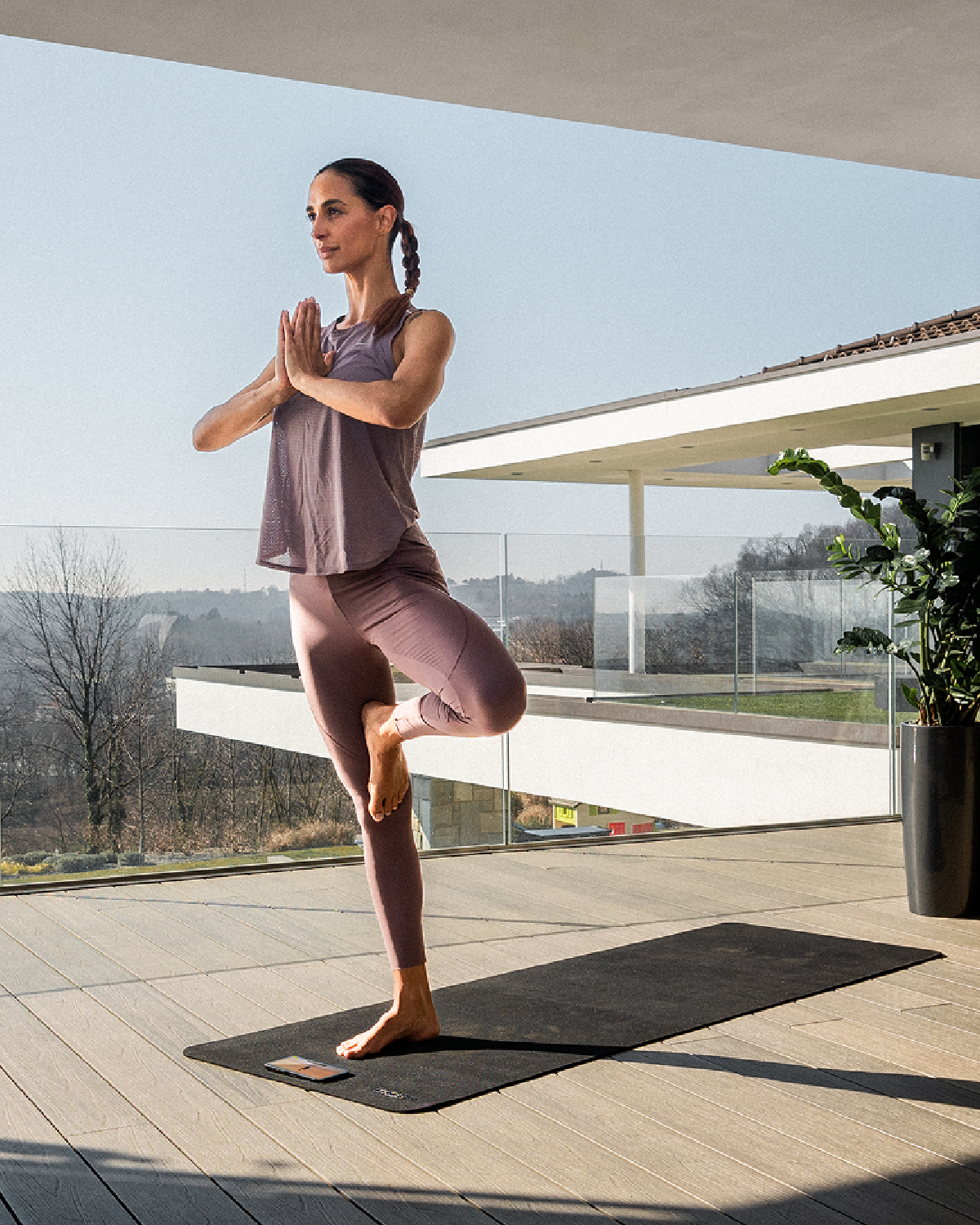
Можете ли Вы делать и то, и другое?
Сочетание пилатеса и йоги создает взаимодополняющий подход к оздоровлению, который направлен как на физическую форму, так и на душевное и физическое благополучие. Точность и укрепление сердечника в пилатесе повышают устойчивость, необходимую для более сложных поз йоги, а акцент йоги на гибкости и осознании дыхания углубляет связь между разумом и телом, что делает практику пилатеса более эффективной. Эта синергетическая связь позволяет практикующим развивать сбалансированный фитнес, включающий в себя силу, гибкость, выносливость и осознанность.
Для достижения наилучших результатов лучше чередовать эти две практики в течение недели, а не заниматься в один и тот же день. Программа может включать занятия пилатесом, направленные на укрепление ядра и коррекцию осанки, 2-3 раза в неделю, дополненные практиками йоги, улучшающими гибкость и снимающими стресс, в разные дни. Выбор между ковриком для пилатеса и ковриком для йоги становится практическим моментом, поскольку правильный выбор коврика для каждой практики обеспечивает правильную поддержку и выравнивание.
Многие профессионалы фитнеса включают в себя элементы обеих дисциплин, создавая классы фьюжн, в которых принципы пилатеса, укрепляющие сердечник, сочетаются с плавными движениями и осознанным дыханием йоги. Такой интегрированный подход предлагает полноценную тренировку для тела и разума, которая максимально использует преимущества обеих традиций и создает разнообразие, способствующее длительной практике.
Для достижения наилучших результатов лучше чередовать эти две практики в течение недели, а не заниматься в один и тот же день. Программа может включать занятия пилатесом, направленные на укрепление ядра и коррекцию осанки, 2-3 раза в неделю, дополненные практиками йоги, улучшающими гибкость и снимающими стресс, в разные дни. Выбор между ковриком для пилатеса и ковриком для йоги становится практическим моментом, поскольку правильный выбор коврика для каждой практики обеспечивает правильную поддержку и выравнивание.
Многие профессионалы фитнеса включают в себя элементы обеих дисциплин, создавая классы фьюжн, в которых принципы пилатеса, укрепляющие сердечник, сочетаются с плавными движениями и осознанным дыханием йоги. Такой интегрированный подход предлагает полноценную тренировку для тела и разума, которая максимально использует преимущества обеих традиций и создает разнообразие, способствующее длительной практике.
Другие истории

СКАЧАТЬ TECHNOGYM APP
Присоединяйтесь к сообществу Technogym и получайте эксклюзивный доступ к индивидуальным планам тренировок, экспертным инструкциям и более 1000 занятий по запросу. Отслеживайте свой прогресс, общайтесь с друзьями и сохраняйте мотивацию благодаря обратной связи в режиме реального времени и cоревнованиям.
Продукция и услуги на территории Российской Федерации поставляются дочерней компанией Technogym, АО «ТЕХНОДЖИМ» г. Москва, ул. Верейская, 29с134, офис В211. | Идентификационный код: 7731585654
